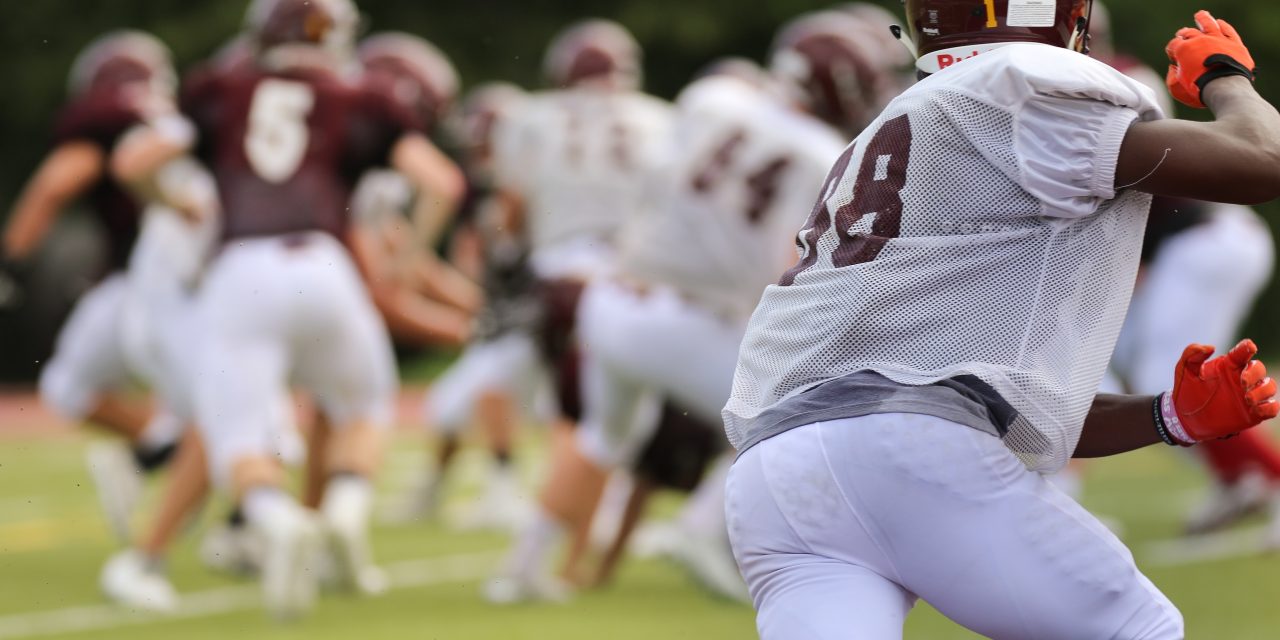When most of us think of concussions in sports, the first thing that usually comes to mind is football. While many players get a concussion in the sport, others are also high on the list. The sports with concussions that are reported the most often include:
- Football
- Hockey
- Rugby
- Soccer
- Basketball
Regarding recreational-related sports activities for males, concussions occur most often with cycling, football, and basketball. However, the numbers are the highest for females in cycling, playground activities, and horseback riding.
Recreation-related and sporting concussions for children and teenagers are the leading cause of emergency department visits for traumatic brain injuries. In addition, children lead all age groups in terms of visits to the ED for traumatic brain injuries.
New Cycling Concussion Rules Introduced by the UCI
Since there has been a lot of press about concussions and traumatic brain injuries in the media lately, the Union Cycliste Internationale (UCI) has put forward new rules to help identify rider concussions. This includes training for professionals like mechanics, fellow riders, and sporting directors, which are usually on the scene first when a crash occurs.
A new protocol has been put into place by the UCI, providing guidelines that include different phases to deal with the initial assessment of a head injury, a diagnosis, the recovery phase, and when a rider can compete once again. These new protocols were outlined a year ago and applied to the 2021 season for road racing.
Concussions Raise Many Legal Issues
The UCI and other sports governing bodies stood up. They took note when Rugby World Cup winner Steve Thompson and other players announced that they were making a legal claim against the authorities, citing negligence as the cause for them sustaining brain injuries. This has sparked a lot of debate regarding the legal ramifications of players getting concussions and where the ultimate responsibility lies.
Due to the nature of traumatic brain injuries in sports, it’s easy to conclude that getting a concussion is inevitable. During past years getting a head injury was considered a part of the game, but now team owners are looking closer at the legal aspects and where liability lies.
Do the managing authorities for teams hold any responsibility for players experiencing ongoing psychological and physical issues from a concussion received during an official game or practice? What level of responsibility does a player have when he decides to walk onto the field and play, knowing the potential consequences of his actions?
These are debatable topics for sure, and in the sporting world, the games continue while the legal experts try to sort things out. While there are new guidelines for managing concussions after they have occurred to mitigate damages, how much liability do the teams have for the first concussion?
These are all questions that are not easy to answer. If you have suffered from a traumatic brain injury and need to determine where the liability lies in your particular case, you’ll need to talk to a brain injury attorney. This is the first step towards determining whether you have a legal claim or not.











